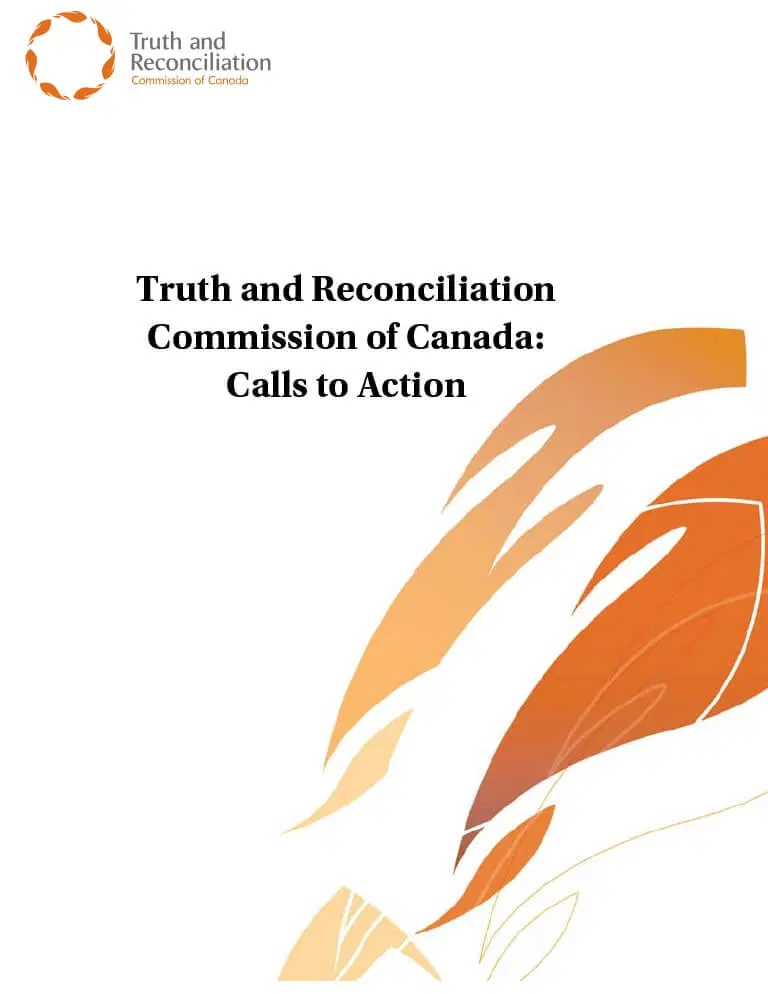
On May 26th, the Tk’emlúps te Secwépemc First Nation in British Columbia announced preliminary results of a ground-penetrating radar investigation which suggested the possible discovery of unmarked graves at the former Kamloops Indian Residential School. As heartwrenching as this news has been, it is but the most recent of what will continue to be an ongoing series of revelations that we must anticipate as a result of the findings of the Truth and Reconciliation Commission (TRC) released in 2015. With up to 80 residential schools operating across Canada at their peak in 1931, and a total of 139 schools operating between 1883 and 1996 housing over 150,000 students, it has been estimated that more than 6,000 students died while at school. The exact number and their final resting places remain to be determined.
As citizens and heritage professionals—individually and collectively—we have a duty to play a role in the pursuit of truth and reconciliation as outlined so thoroughly in the ninety-four TRC Calls to Action. Specifically, with respect to the search for missing children and burial information, Calls to Action #71 through #76 (especially #75 and #76, below) outline ways that we can support the work of Indigenous communities as they strive to find, document, commemorate, and where desired, repatriate children who died at residential schools.
As a partner with many Indigenous communities in the stewardship of cultural patrimony, ASI considers attention to the sacred memory of children to be a paramount duty. We have already been approached to assist in this effort and we pledge our ongoing commitment to sharing our professional knowledge, experience, and resources in meeting these Calls to Action.
Sincerely,
Robert MacDonald, PhD, RPA
Managing Partner
Truth and Reconciliation Commission of Canada: Calls to Action (excerpt p. 8-9)
Missing Children and Burial Information
71. We call upon all chief coroners and provincial vital statistics agencies that have not provided to the Truth and Reconciliation Commission of Canada their records on the deaths of Aboriginal children in the care of residential school authorities to make these documents available to the National Centre for Truth and Reconciliation.
72. We call upon the federal government to allocate sufficient resources to the National Centre for Truth and Reconciliation to allow it to develop and maintain the National Residential School Student Death Register established by the Truth and Reconciliation Commission of Canada.
73. We call upon the federal government to work with churches, Aboriginal communities, and former residential school students to establish and maintain an online registry of residential school cemeteries, including, where possible, plot maps showing the location of deceased residential school children.
74. We call upon the federal government to work with the churches and Aboriginal community leaders to inform the families of children who died at residential schools of the child’s burial location, and to respond to families’ wishes for appropriate commemoration ceremonies and markers, and reburial in home communities where requested.
75. We call upon the federal government to work with provincial, territorial, and municipal governments, churches, Aboriginal communities, former residential school students, and current landowners to develop and implement strategies and procedures for the ongoing identification, documentation, maintenance, commemoration, and protection of residential school cemeteries or other sites at which residential school children were buried. This is to include the provision of appropriate memorial ceremonies and commemorative markers to honour the deceased children.
76. We call upon the parties engaged in the work of documenting, maintaining, commemorating, and protecting residential school cemeteries to adopt strategies in accordance with the following principles:
i. The Aboriginal community most affected shall lead the development of such strategies.
ii. Information shall be sought from residential school Survivors and other Knowledge Keepers in the development of such strategies.
iii. Aboriginal protocols shall be respected before any potentially invasive technical inspection and investigation of a cemetery site